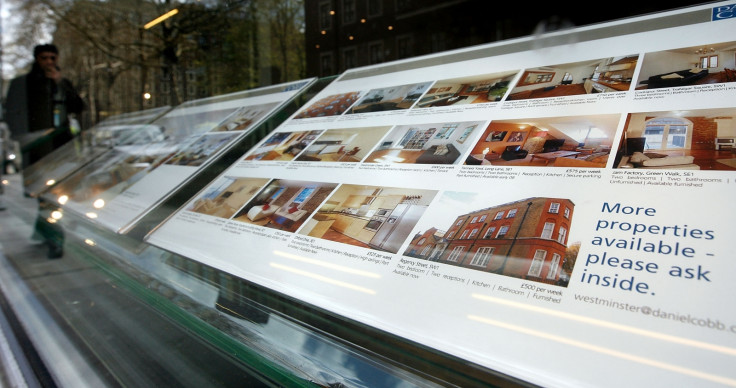London house prices: Property demand surging in commuter areas amid exodus from centre

Property demand in Greater London areas and satellite commuter towns is surging as the city's homebuyers are driven further out from the centre by exorbitant house prices. That is according to online estate agent eMoov in its Property Hotspots Index for the fourth quarter of 2015.
Nine of the top 10 hotspots for property demand were either in Greater London or within commuting distance of the city. Bexley came out on top at 79% of demand, while Cambridge was placed second at 75%. Bristol, the only non-London commuter area on the list, was third on 74%. Demand is calculated as a percentage of properties available on the market in each area sold during the period.
"2016 will see demand for central London property continue to decline, as the exodus of buyers to outer boroughs and commuter zones continues," said Russell Quirk, founder and chief executive of eMoov. "Bedford making the top 10 for the first time highlights this as people are pushed further out to find affordable homes. Bristol would be our one to watch for 2016. It has consistently ranked in the top 10 and held its own against the London bubble, all with an average house price half that of the capital's."
House prices have risen sharply in London because of a serious shortage of housing supply, along with intense demand from investors and ordinary Londoners. The city's population is set to hit 10 million in a matter of years. The ONS has said that London's average house price jumped by 9.8% in the 12 months to November 2015 to hit £537,000. The average price in England is now £302,000 after increasing by 8.3%.

© Copyright IBTimes 2024. All rights reserved.









